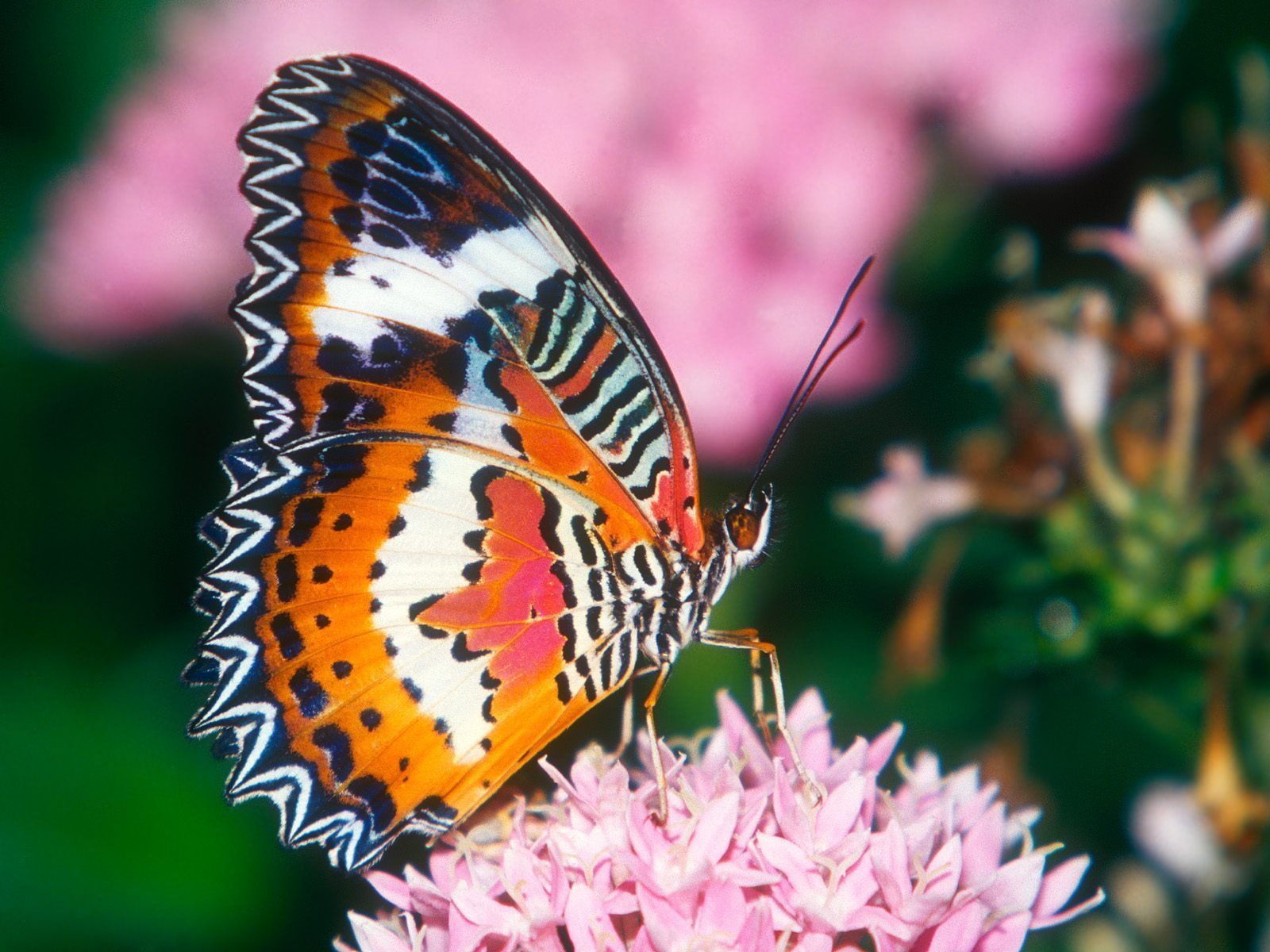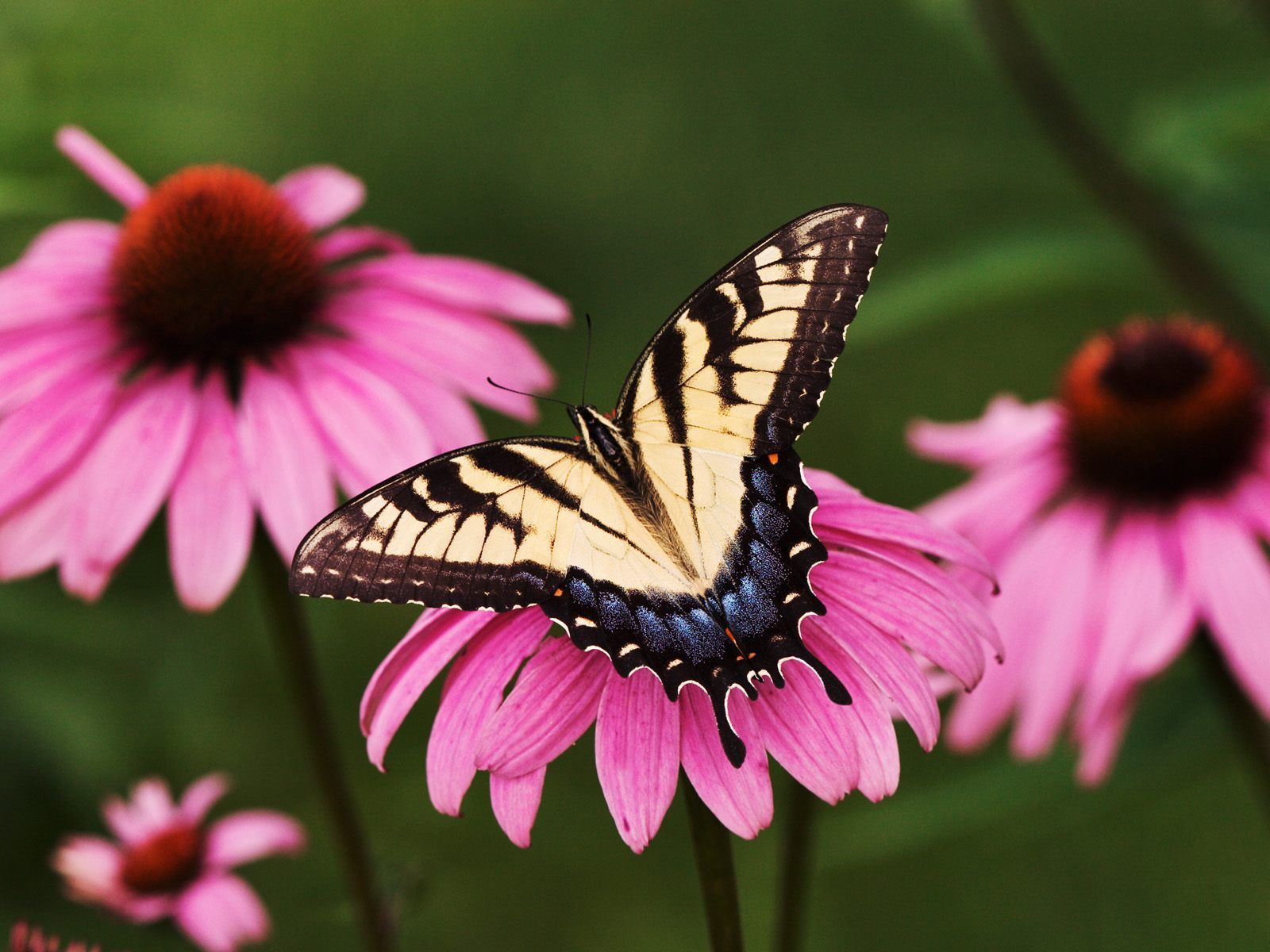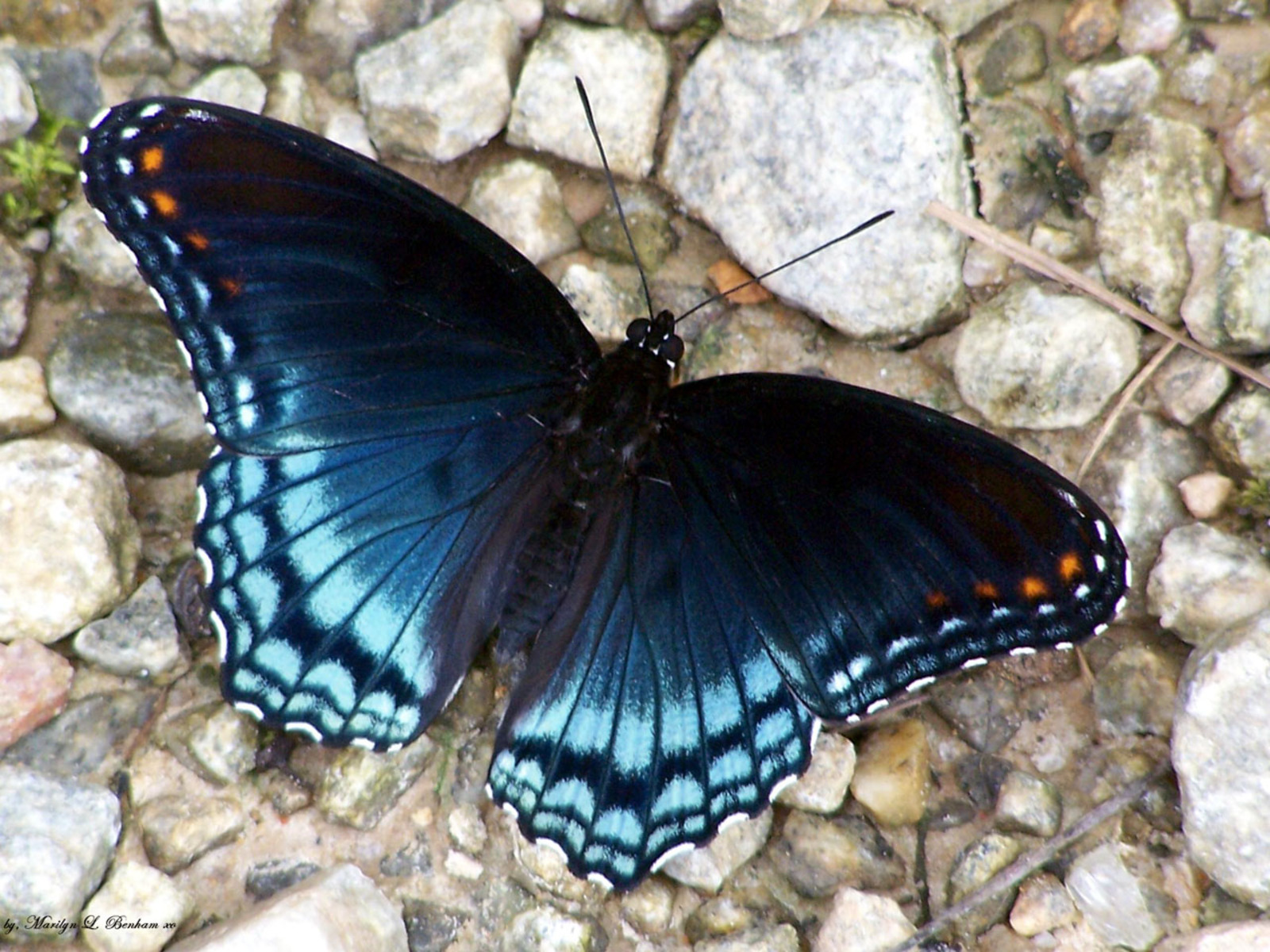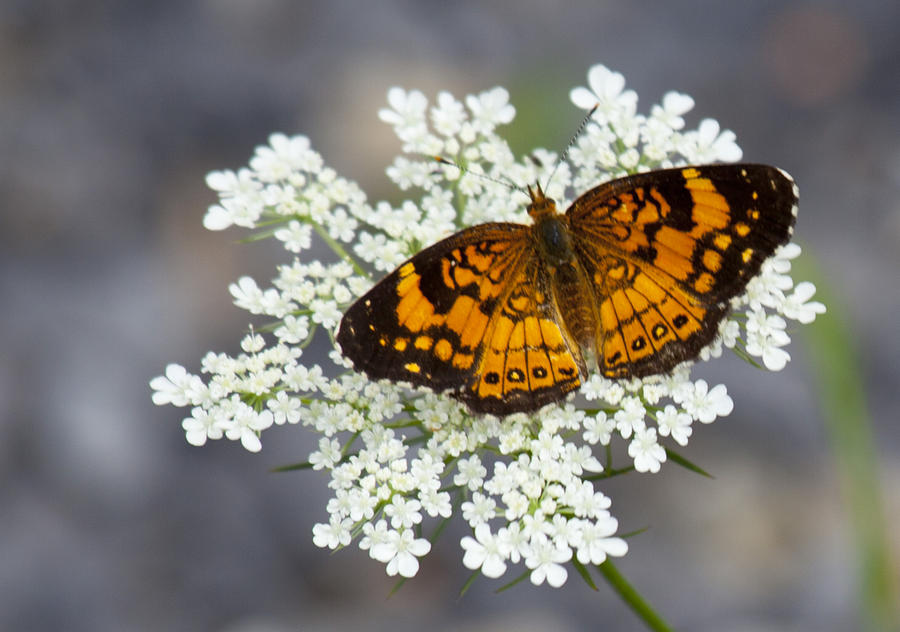About 15% of the world's gold is produced by artisanal and small-scale miners, most of whom use mercury to extract it from the earth. In Indonesia, the industry supports some three million people - but the miners risk poisoning themselves, their children and the land.

Fahrul Raji, a man in his early 30s, is not feeling well. At the health centre in Kereng Pangi, a town in Central Kalimantan surrounded by goldfields, he explains his symptoms.
"I often have a headache, and I am weak. I have a bitter taste in my mouth."
According to Dr Stephan Bose-O'Reilly, who is examining him, Fahrul is being slowly poisoned by mercury.
"Fahrul's been working with mercury for many years, and he's showing the typical symptoms of mercury intoxication," says Bose-O'Reilly, a German medic who began studying the impact of mercury on Indonesians' health a decade ago. "He also has a tremor and a co-ordination problem."
Although mercury use in small-scale gold mining in Indonesia is illegal, miners still use it to extract gold from the rock or soil.
Fahrul isn't a miner, but he has a gold shop in Kereng Pangi. Every day miners bring him the fruits of their labour - usually a pea-sized piece of amalgam that is mercury mixed with gold.
 Fahrul burns it, and the mercury evaporates leaving the gold behind. But the fumes are highly toxic, which is why smelters like Fahrul often show more severe signs of mercury poisoning than miners who use it in the field.
Fahrul burns it, and the mercury evaporates leaving the gold behind. But the fumes are highly toxic, which is why smelters like Fahrul often show more severe signs of mercury poisoning than miners who use it in the field.
"Mercury is a neuro-toxin," Bose-O'Reilly explains. "It affects the cerebellum, which is the part of the brain that helps you move properly, and co-ordinate your movements. Mercury also harms the kidneys and other organs, but the neurological damage it does is irreversible."
Fahrul's gold shop is on the main street of Kereng Pangi. He sits behind a wooden counter, his blow torch behind him, waiting for business. At the end of the day, the miners arrive with their pieces of amalgam ready for smelting. Fahrul says he's worried about the impact of mercury on his health, but he has no intention of changing his job.
"This is a family business that's been handed down to me. My father was also a gold buyer. And he's about 65 now, and still looks healthy."
Even though he has symptoms, Fahrul has convinced himself that the risk he runs is small. And that is the problem with mercury - its effects are not dramatic enough, in the short term, to act as a viable deterrent.
The worst case of mass mercury poisoning the world has ever seen happened in Japan in the first half of the 20th Century.
From BBC news-Sci/ Entertainment
.png)






